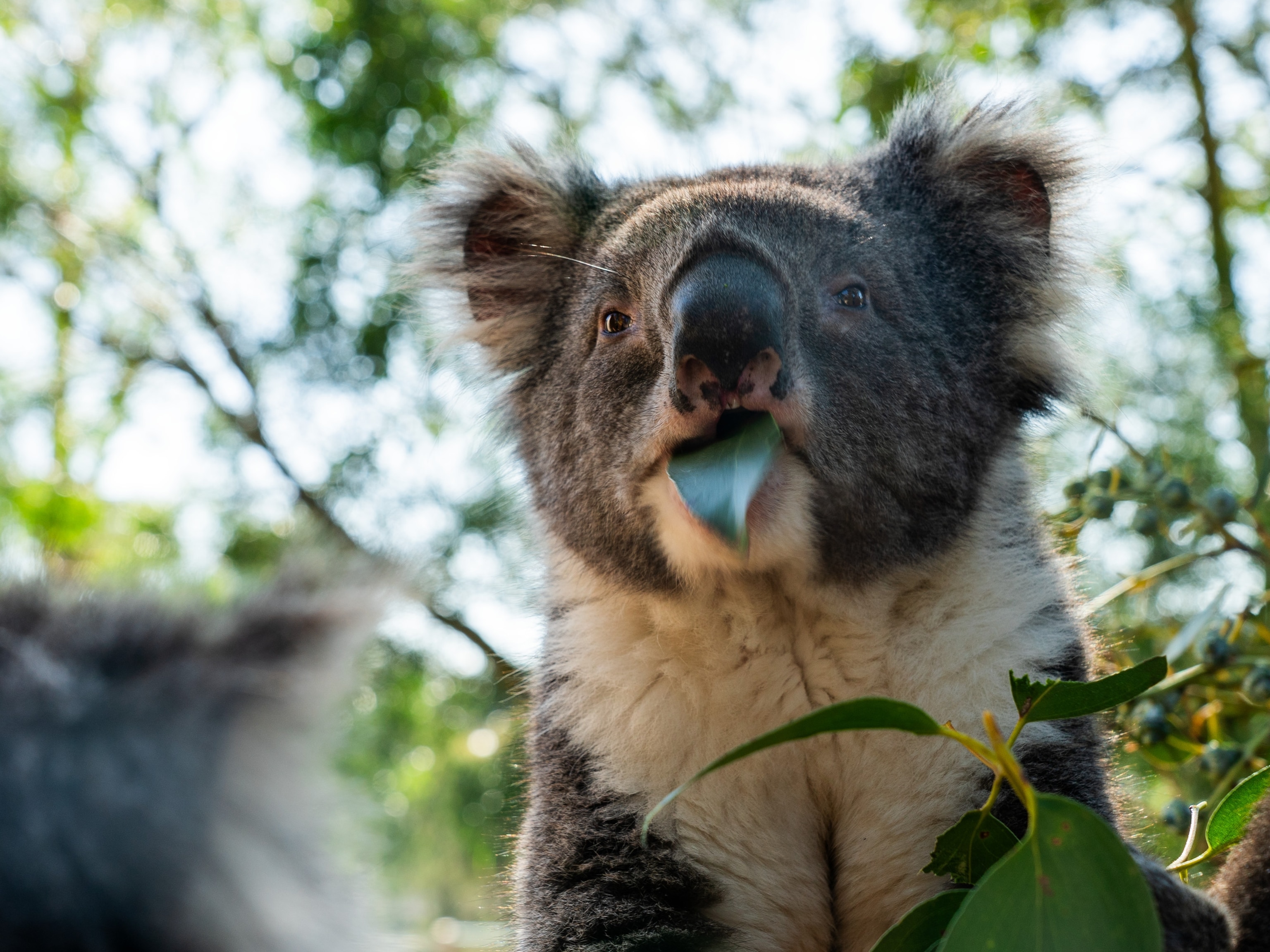
Why Some Animals Mate Themselves to Death
Rare marsupials sacrifice themselves during times of plenty, study shows.
Is sex worth dying for? For a few male marsupial species, it is—when they know their offspring will survive, a new study says.
While extremely rare among mammals, so-called semelparity, or suicidal reproduction, is common in nature. Many plants—including all grains, many vegetables, and all plants that live just a year—reproduce this way, as do salmon, insects, and a handful of frogs and lizards.
Just four mammal species are known to reproduce this way, and all are rare insect-eating marsupials. These dads die after devoting all their resources and energy to mating, an effort that helps their sperm—and genes—win out.
Since the 1970s, scientists have suspected that females synchronize mating so that they wean their young at the same time that insect abundance peaks each year. During that shortened, frenzied mating period, competition to mate with the females and methods of doing so are taken to extremes.
Ecologist Diana Fisher of the University of Queensland in Australia and colleagues seem to have proved parts of this theory with widespread data on 52 species across Australia, Papua New Guinea, and South America.
Moving from the tropics into temperate regions, the data show, the availability of food becomes more seasonable, and predictable, and that correlates with the use of a suicidal sex strategy in these species.
"We found that males of species with shorter mating seasons are less likely to survive after mating," Fisher said. "Competitive effort has a survival cost— species that spend more energy on mating in the first breeding season risk never having another chance to breed."
During the mating frenzy, some pairs mate for up to 14 hours at a time.
In those species that have completely adopted the shorter mating system, all males die: Elevated stress levels cause a fatal immune system collapse and death by hemorrhaging and infection. (Related: "3 Mammals That 'Choose Their Babies' Sex.")
Sexual Behavior Also Extreme
"People have been curious for a long time about the story of these extraordinary animals," said Truman P. Young, an ecologist at the University of California, Davis, who was not affiliated with the study.
"Now this team has produced a lot of really terrific data and a really good hypothesis. We have a much clearer idea of where this occurs and what it correlates with—that seasonality that really drives it."
And dying isn't the mammals' only extreme sexual behavior, Fisher noted. (Read more about animal attraction.)
Prior to the mating season, males stop producing sperm and their testes disintegrate, making them reliant on stored sperm.
"And the clock is ticking, because the sperm they manufactured before their testes shut down is now being lost in their urine," she added.
"The frenzied mating season lasts only a couple of weeks, and males usually die before young are born." (Related: "Wild Romance: Weird Animal Courtship and Mating Rituals.")
Males produce as many sperm as they can—even growing outsized testes—and then disperse as many of them as they can by mating with as many females as possible.
"Species with male die-off spend so much effort and body resources on mating that they cannot ever breed again," Fisher said.
Some species burn not only fat but even muscle to fuel this immense effort, she added.
Both sexes must be promiscuous to maximize these benefits, and females seem fine with this arrangement.
"Males with larger testes, better quality sperm, and better endurance succeed in more fertilizations in competition with the sperm of other males when females mate with multiple males," Fisher said. (Related: "Sperm Hoarders: Why Animals Store Semen.")
Live Fast, Die Young
UC-Davis's Young said the study could support the theory that a slim chance of survival overall drove these mammals to adopt suicidal mating in the first place.
"Given that there's likely a trade-off between how much effort you put into reproduction and your chances of survival to the next year, it's much easier to make the choice of putting everything into reproduction now if your chances of surviving to the next year are really low anyway," Young said.
"What you're giving up, your future life, is actually not worth much, so you might as well go for it.”
But Fisher's team has a slightly different, new theory for why the males give up their own lives. (Watch video: "World's Weirdest: Deadly Mating.")
Their results suggest the sperm of male marsupials that are most efficient at mating by suicide outcompete the sperm of other males, which makes dying worthwhile.
Either way, while the system seems to work out badly for males, it appears to benefit both the next generation and females, who Fisher's group theorizes could be driving the competition.
"Females are all for this," Fisher explained, "because they get the best fathers for their young by mating promiscuously and letting the best sperm win."





